The Flexible Food Packaging Market is currently characterized by a dynamic competitive landscape, driven by increasing consumer demand for convenience, sustainability, and product safety. Major players such as Amcor (AU), Sealed Air (US), and Berry Global (US) are strategically positioning themselves through innovation and sustainability initiatives. Amcor (AU) has focused on developing recyclable packaging solutions, which aligns with the growing consumer preference for environmentally friendly products. Meanwhile, Sealed Air (US) emphasizes automation and digital transformation in its operations, enhancing efficiency and reducing waste. Berry Global (US) is actively pursuing mergers and acquisitions to expand its product portfolio and market reach, thereby intensifying competition within the sector.
The business tactics employed by these companies reflect a concerted effort to optimize supply chains and localize manufacturing. The market structure appears moderately fragmented, with a mix of large multinational corporations and smaller regional players. This fragmentation allows for diverse offerings and competitive pricing, yet the influence of key players remains substantial, as they set industry standards and drive innovation.
In August 2025, Amcor (AU) announced a partnership with a leading food manufacturer to develop a new line of biodegradable packaging. This strategic move not only enhances Amcor's sustainability credentials but also positions the company as a leader in eco-friendly packaging solutions. The collaboration is expected to yield significant market advantages, as consumers increasingly prioritize sustainable options.
In September 2025, Sealed Air (US) launched a new digital platform aimed at optimizing packaging processes for its clients. This initiative is indicative of the company's commitment to integrating technology into its operations, potentially leading to improved customer satisfaction and operational efficiency. The platform is likely to enhance Sealed Air's competitive edge by providing tailored solutions that meet the evolving needs of the market.
In July 2025, Berry Global (US) completed the acquisition of a regional packaging firm, which is anticipated to bolster its market presence in Europe. This acquisition not only expands Berry's product offerings but also enhances its ability to serve local markets more effectively. The strategic importance of this move lies in Berry's aim to leverage the acquired company's established distribution channels and customer relationships, thereby accelerating growth in a competitive landscape.
As of October 2025, the competitive trends within the Flexible Food Packaging Market are increasingly defined by digitalization, sustainability, and the integration of artificial intelligence. Strategic alliances are becoming more prevalent, as companies seek to pool resources and expertise to address complex market challenges. Looking ahead, it is likely that competitive differentiation will evolve, shifting from traditional price-based competition to a focus on innovation, technological advancements, and supply chain reliability. This transition underscores the importance of adaptability and forward-thinking strategies in maintaining a competitive edge.


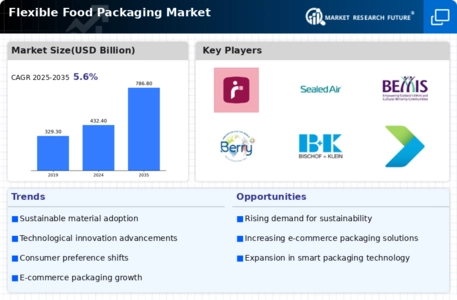
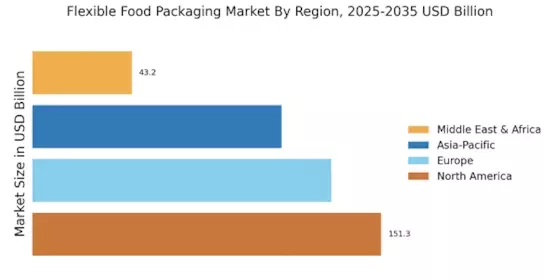

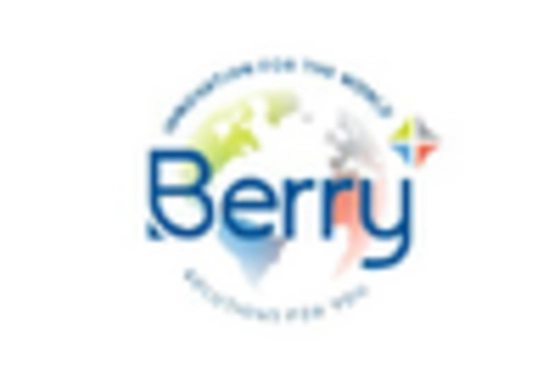
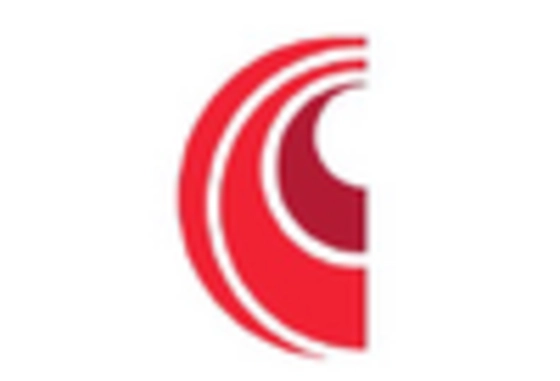

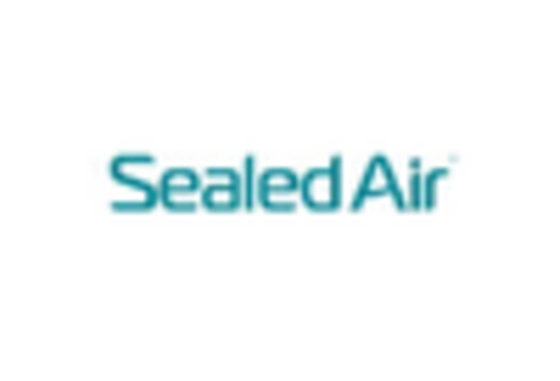
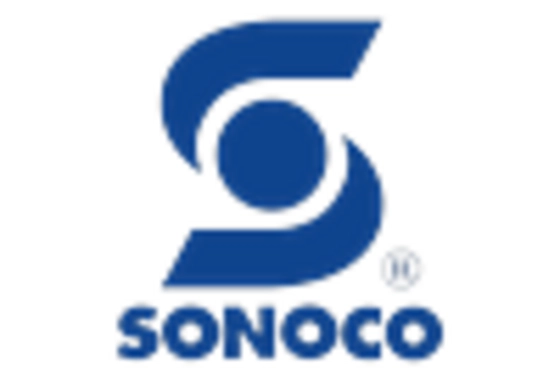








Leave a Comment